Introduction
Stir-fried oysters, a dish that marries the briny sweetness of the ocean with the sizzling intensity of the wok, is a culinary gem that delights seafood enthusiasts and home cooks alike. Rooted in coastal culinary traditions, this dish transforms humble oysters into a symphony of textures and flavors—crisp edges, tender centers, and a glossy sauce that clings to every morsel. Whether you’re a seasoned chef or a novice in the kitchen, mastering the art of stir-fried oysters offers a rewarding gateway to gourmet cooking. In this comprehensive guide, we’ll explore the nuances of selecting, preparing, and cooking oysters to perfection, along with tips for customizing the recipe to suit your palate.
The Allure of Stir-Fried Oysters
Stir-frying, a quintessential Asian cooking technique, relies on high heat and rapid movement to seal in ingredients’ natural flavors while creating a caramelized exterior. When applied to oysters, this method achieves a delicate balance: the oysters’ plump flesh remains tender, while their edges develop a subtle crispness. The dish’s appeal lies in its simplicity—minimal ingredients, quick cooking time, and maximum flavor impact. Paired with aromatic garlic, ginger, and a medley of sauces, stir-fried oysters become a versatile centerpiece for any meal.
Ingredients: Building the Foundation
To embark on this culinary adventure, gather the following ingredients:
- Fresh Oysters (12–16 medium-sized): Opt for plump, unbruised oysters with a mild oceanic scent. Avoid those with cracked shells or a fishy odor.
- Aromatics:
- Garlic (4 cloves, minced)
- Ginger (1-inch piece, grated)
- Shallots or red onion (1/4 cup, thinly sliced)
- Vegetables:
- Bell peppers (1/2 cup, julienned—red or green for color contrast)
- Scallions (1/4 cup, chopped, whites and greens separated)
- Sauces and Seasonings:
- Oyster sauce (2 tbsp)
- Soy sauce (1 tbsp, light soy for saltiness)
- Shaoxing wine (1 tbsp, optional but adds depth)
- Sesame oil (1 tsp, for aromatic finish)
- White pepper (1/4 tsp)
- Sugar (1/2 tsp, to balance flavors)
- Thickener:
Cornstarch (1 tbsp + 2 tbsp water, mixed into a slurry)
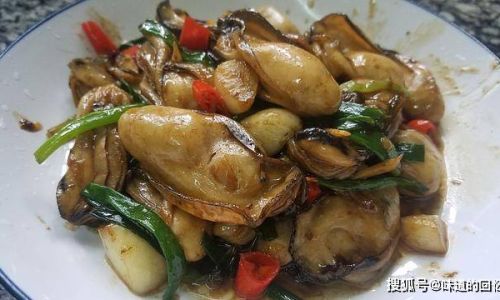
- Cooking Oil:
Peanut or vegetable oil (2 tbsp, for high-heat cooking)
- Optional Additions:
- Chili flakes or fresh bird’s-eye chili (1 tsp, for heat)
- Cilantro (for garnish)
Preparation: The Key to Perfection
-
Cleaning and Shucking Oysters:
- Rinse oysters under cold water to remove grit.
- Shuck oysters using an oyster knife: Insert the tip into the hinge, twist to pry open, and slide the knife along the top shell to release the meat. Retain the oyster liquor (the natural juice) for added flavor.
- Detach the oyster meat from the bottom shell, being careful not to puncture it.
-
Marinating the Oysters (Optional):
- Pat oysters dry with paper towels.
- Toss gently with 1/2 tbsp cornstarch, a pinch of salt, and white pepper. This step helps seal in juices during cooking.
-
Prepping Aromatics and Vegetables:
- Mince garlic and ginger finely to ensure they meld seamlessly into the sauce.
- Slice bell peppers into thin strips for quick cooking.
- Separate scallion whites (for stir-frying) and greens (for garnish).
Cooking Process: Wok Techniques Unveiled
-
Heating the Wok:
Place a carbon-steel or cast-iron wok over high heat until smoking. Add oil and swirl to coat the surface.
-
Searing the Oysters:
- Add oysters to the wok in a single layer. Sear for 30–45 seconds per side until lightly golden. Remove and set aside. Avoid overcrowding the wok to prevent steaming.
-
Stir-Frying Aromatics:
Reduce heat to medium-high. Add garlic, ginger, shallots, and scallion whites. Stir-fry for 30 seconds until fragrant.
-
Adding Vegetables:
Toss in bell peppers. Stir-fry for 1–2 minutes until crisp-tender.
-
Deglazing and Sauce Creation:
- Pour in Shaoxing wine (if using) and scrape the wok’s base to release browned bits.
- Add oyster sauce, soy sauce, sugar, and reserved oyster liquor. Stir to combine.
-
Returning Oysters to the Wok:
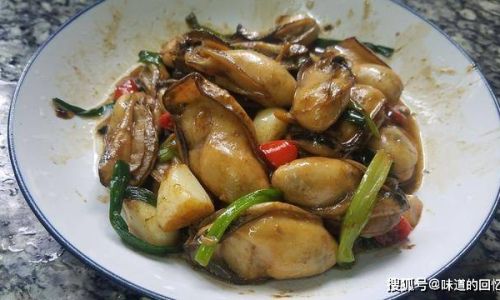
Gently add oysters back into the sauce. Toss to coat, ensuring they’re submerged but not overcooked.
-
Thickening the Sauce:
Stir cornstarch slurry and drizzle into the wok while stirring. Cook for 1–2 minutes until the sauce clings to the oysters.
-
Finishing Touches:
Drizzle with sesame oil and sprinkle chili flakes (if desired). Garnish with scallion greens and cilantro.
Serving Suggestions: Elevating the Dish
Stir-fried oysters shine when paired with steamed jasmine rice, which absorbs the savory sauce. For a heartier meal, serve over egg noodles or alongside crispy pancakes. A side of stir-fried bok choy or garlic spinach adds greenery, while a chilled glass of Riesling or a light lager complements the dish’s briny notes.
Tips for Success
- High Heat is Non-Negotiable: A smoking-hot wok ensures rapid cooking, preserving the oysters’ texture.
- Timing is Everything: Overcooking oysters turns them rubbery; aim for 2–3 minutes total cooking time.
- Sauce Consistency: Adjust cornstarch slurry based on desired thickness—less for a glaze, more for coating.
- Customization: Experiment with vegetables like snap peas or mushrooms, or swap oyster sauce with hoisin for a sweeter profile.
Variations to Explore
- Spicy Sichuan-Style: Add doubanjiang (fermented chili bean paste) and Sichuan peppercorns for a numbing heat.
- Black Bean Oysters: Incorporate fermented black beans and a splash of rice wine for umami depth.
- Vegetarian Twist: Substitute oysters with king oyster mushrooms, sliced and marinated similarly.
Health Benefits: A Nutritional Powerhouse
Oysters are a low-calorie, high-protein powerhouse rich in zinc, iron, and vitamin B12. They also contain omega-3 fatty acids, which support heart and brain health. Paired with fresh vegetables, this dish offers a balanced meal that’s both indulgent and nourishing.
Troubleshooting Common Issues
- Mushy Oysters: Overcooking is the culprit. Ensure the wok is hot and cooking time is minimal.
- Bland Flavor: Boost umami with a dash of fish sauce or a sprinkle of MSG (optional).
- Sauce Too Thin: Increase cornstarch slurry incrementally while stirring.
The Cultural Tapestry of Stir-Fried Oysters
In coastal regions of China, stir-fried oysters are a staple during festivals and family gatherings. The dish symbolizes abundance and the sea’s bounty, often served alongside other celebratory foods like whole fish and dumplings. Its popularity has spread globally, with chefs adapting the recipe to suit local tastes—think oysters stir-fried with butter and herbs in Western interpretations.
Conclusion: A Dish Worth Mastering
Stir-fried oysters are more than a meal; they’re a testament to the magic of simplicity. With just a handful of ingredients and a keen understanding of wok techniques, you can recreate the taste of the ocean in your kitchen. Whether you’re hosting a dinner party or craving a quick gourmet fix, this dish delivers every time. So grab your apron, fire up the wok, and let the sizzle of stir-fried oysters transport you to coastal shores—one bite at a time.
Final Thoughts
Cooking is an art, and stir-fried oysters are your canvas. Experiment with flavors, adjust seasonings to your liking, and don’t be afraid to make mistakes—they’re stepping stones to mastery. As you savor each tender oyster, remember that the best dishes are those made with passion, precision, and a pinch of adventure. Bon appétit!
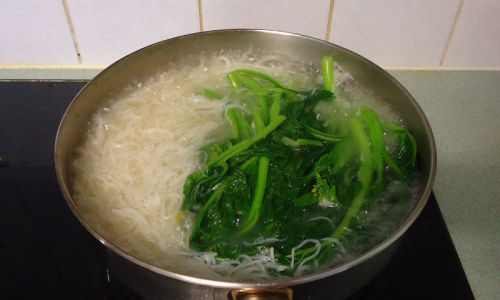
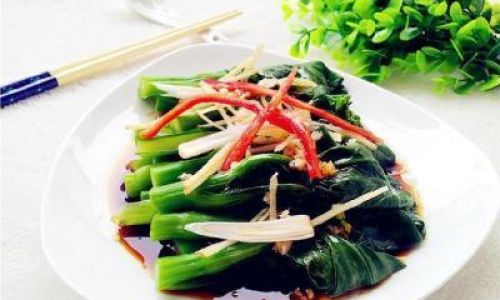
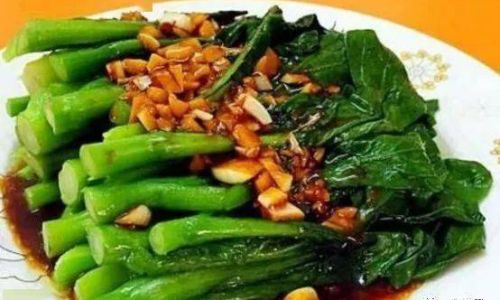



0 comments